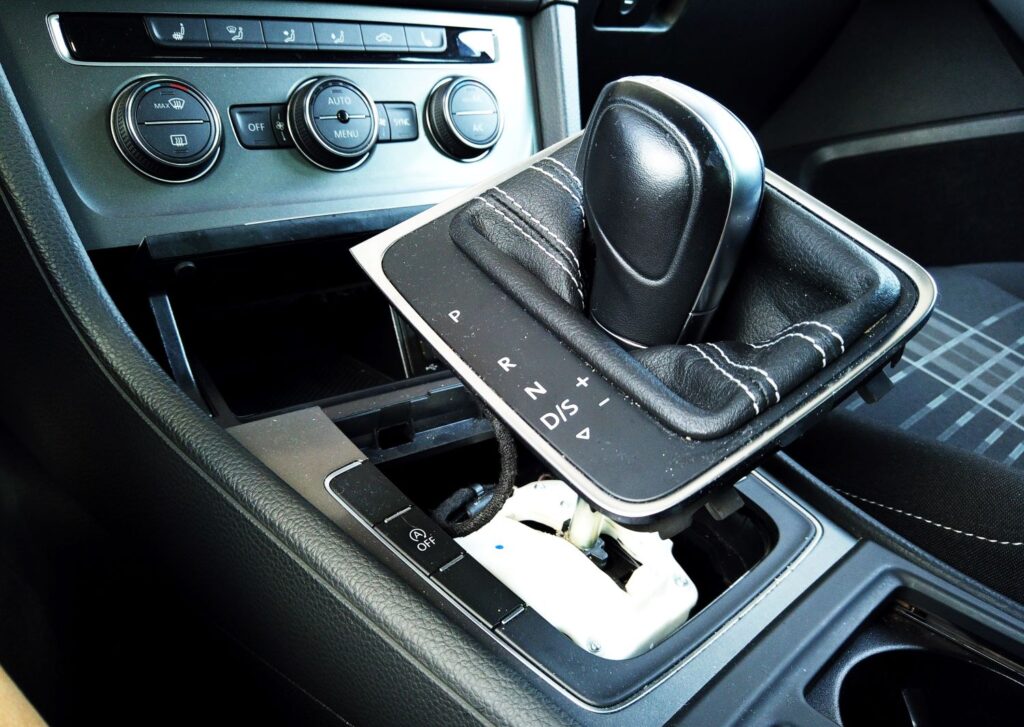You’re in the driver’s seat and you move the gear lever from park to drive. You expect the car to move forward as you let go of the brakes and press the throttle, but it doesn’t. Eventually, you find out that your vehicle functions perfectly when your car is set to reverse. Something is most likely wrong with your transmission or another component that contributes to its operation. In this article, we’ll go through the possible reasons why this problem occurs.
Possible Reasons Why Your Car Only Goes In Reverse In Automatic Transmissions
Let’s list down some of the common reasons why a vehicle won’t move forward.
Low Transmission Fluid
Automatic transmissions need hydraulic fluid to change gears. Shift solenoids inside the transmission use pressurized hydraulic fluid to push clutch packs and gears into their appropriate positions. Without enough hydraulic fluid, the transmission simply won’t be able to change gears. Over time, the fluid levels can get low, which can prevent your vehicle from shifting into gear when you set the transmission gear lever to the drive position. However, while there may be caveats on some transmissions, in the case of low transmission fluid, this will usually be a problem in forward and reverse rather than one or the other.
While there may be caveats on some transmissions, in the case of low transmission fluid, this will usually be a problem in forward and reverse rather than one or the other.
–Richard McCuistian, ASE Certified Master Automobile Technician

Faulty Speed Sensor
Transmissions are equipped with speed sensors that measure how fast the axle is spinning. Ultimately, information from the speed sensor informs the powertrain control module (PCM) when to shift gears. A faulty speed sensor can send erratic signals to the PCM, potentially causing the transmission to work only in reverse.
Note that while this may be possible, it’s another issue that will be more likely to show up as a problem with the gears changing going forward. There’s only one gear range in reverse, so a speed sensor won’t typically cause this issue. Even if a speed sensor is faulty, the transmission will still go forward, it just won’t change gears properly.

Malfunctioning Shift Solenoids
Transmission shift solenoids are responsible for pushing transmission fluid through the valve body and moving the necessary gears and clutches that shift gears. A faulty shift solenoid can get stuck or fail to receive signals from the PCM. This can cause gears to slip or prevent gears from slipping into position.
However, while there’s a chance that this particular issue can cause the vehicle not to shift, note that it isn’t likely to cause the transmission to pull in only one direction. That being said, transmission line pressure is always higher in reverse, so this must be factored in.
Faulty Gear Cable or Shifter
Most automatic transmission vehicles have cable-actuated shifting, which means that a cable connects the gear lever to the transmission. Sometimes, this cable can develop slack, which can prevent the gear lever from shifting the transmission into the drive position.

How Much Will It Cost to Fix These Issues?
The cost of fixing this problem will depend on the diagnosis. Accessing transmission components like shift solenoids is a labor-intensive task and will cost around $200 to $500. Replacing a faulty speed sensor typically costs around $273 to $317 for both parts and labor.
If the issue is caused by low transmission fluid, refilling your vehicle’s automatic transmission fluid will cost $5 to $10 per quart, plus $20 to $30 for labor. Keep in mind that having low transmission fluid for prolonged periods can damage transmission components and lead to more expensive repairs.
The average cost of a transmission repair can range between $300 and $1,400. However, a severely damaged transmission might warrant a replacement, which will cost $1,800 to $3,400. If you have this issue, make sure to have your vehicle inspected by a mechanic as soon as possible.
Any information provided on this Website is for informational purposes only and is not intended to replace consultation with a professional mechanic. The accuracy and timeliness of the information may change from the time of publication.






























